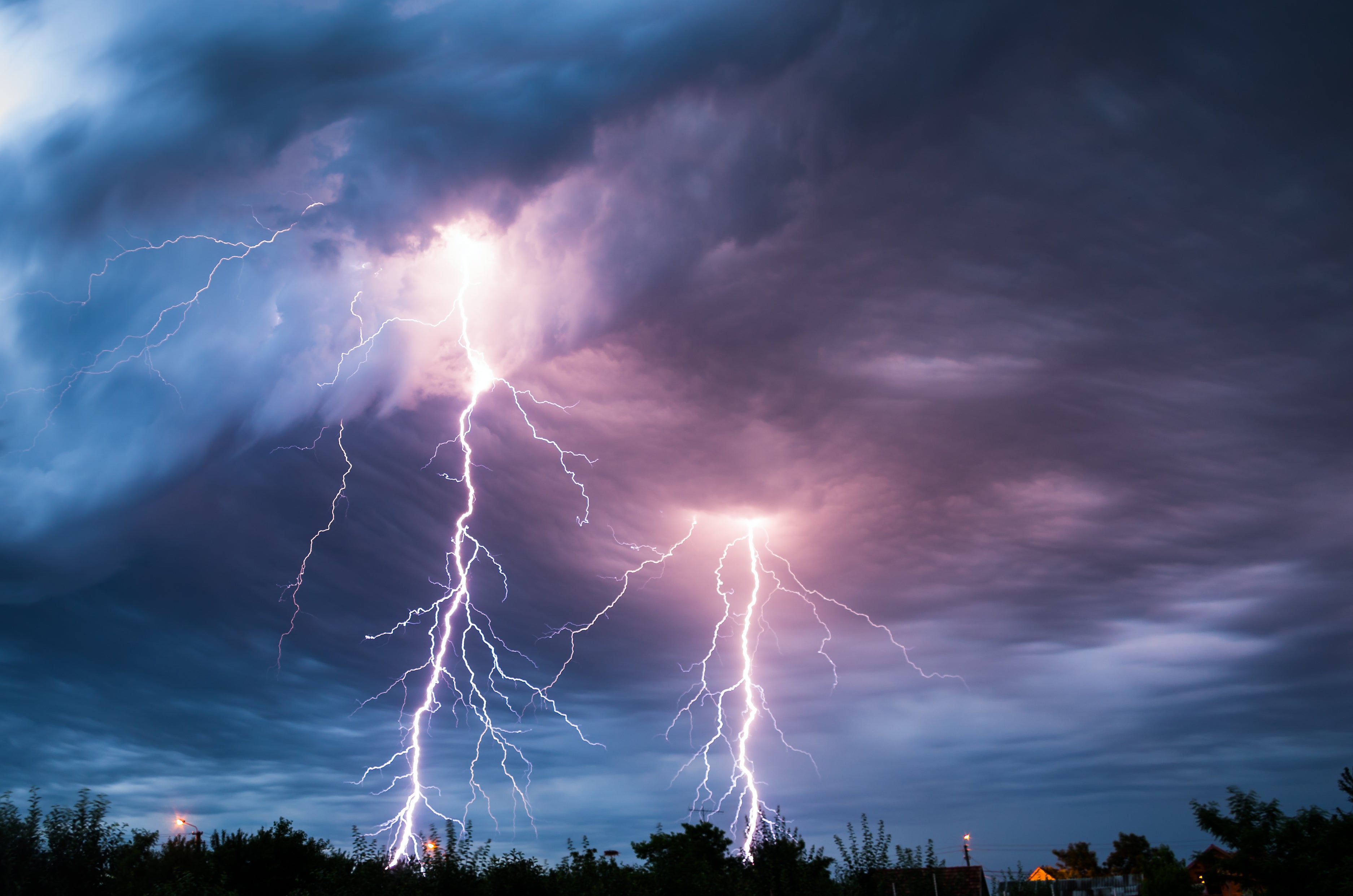‘Gigantic jet’ lightning bolt that fired up to space over Oklahoma found to be one of most powerful ever
Scientists just got an unprecedented close look at one of the most powerful bolts of lightning ever observed

Your support helps us to tell the story
From reproductive rights to climate change to Big Tech, The Independent is on the ground when the story is developing. Whether it's investigating the financials of Elon Musk's pro-Trump PAC or producing our latest documentary, 'The A Word', which shines a light on the American women fighting for reproductive rights, we know how important it is to parse out the facts from the messaging.
At such a critical moment in US history, we need reporters on the ground. Your donation allows us to keep sending journalists to speak to both sides of the story.
The Independent is trusted by Americans across the entire political spectrum. And unlike many other quality news outlets, we choose not to lock Americans out of our reporting and analysis with paywalls. We believe quality journalism should be available to everyone, paid for by those who can afford it.
Your support makes all the difference.A massive lightning bolt that erupted from a cloud over Oklahoma and struck the edge of space in 2018 may be one of the most powerful such bolts ever recorded.
That’s according to a new study in the journal Science Advances that examined the radio emissions generated by the lightning bolt and used them to map out the structure of the massive bolt from the blue into the black of space. Such bolts are known as “gigantic jets.”
While most lightning discharges electricity between clouds, or between clouds and the ground, gigantic jets see massive discharges from the tops of clouds up to space.
“They propagate all the way to the lower ionosphere to an altitude of 50-60 miles, making a direct electrical connection between the cloud top and the lower ionosphere, which is the lower edge of space,” Levi Boggs, a Georgia Tech Research Institute research scientists and one of the study authors said in a statement.
Gigantic jets are rarely observed and their origins remain somewhat mysterious, but scientists have noted they tend to take place during lulls in more typical lightning activity in storms.
“For whatever reason, there is usually a suppression of cloud-to-ground discharges,” Dr Boggs said. “There is a buildup of negative charge, and then we think that the conditions in the storm top weaken the uppermost charge layer, which is usually positive. In the absence of the lightning discharges we normally see, the gigantic jet may relieve the buildup of excess negative charge in the cloud.”
Because they are rare, scientists don’t always get a detailed look at gigantic jets, but the jet that took place over Oklahoma on 14 May 2018 happened under fortuitous circumstances.
Dr Boggs was alerted to the gigantic jet by photography taken by a citizen scientist. When checking to see if any professional instruments caught the discharge of the gigantic jet, he and other researchers found the jet had been captured by the US National Oceanic and Atmospheric Administration’s (Noaa) Geostationary Operational Environmental Satellites (Goes), a Very High Frequency (VHF) lightning mapping facility, and two weather radar facilities.
“We were able to map this gigantic jet in three dimensions with really high-quality data,” Dr Boggs said. “We were able to see very high frequency (VHF) sources above the cloud top, which had not been seen before with this level of detail.”
The researchers found this particular gigantic jet released 300 Coulombs of electrical energy, a tremendous amount compared with the five or fewer Coulombs released by typical lightning bolts.
A better understanding of gigantic jets will not only help scientists better understand the electrical properties of storms and the jets themselves, but it may also provide important information for the operators of the increasing number of low Earth orbit satellites, which could be put at risk by these massive lightning bolts to space.
Join our commenting forum
Join thought-provoking conversations, follow other Independent readers and see their replies
Comments